Just how aggressive is Kentucky Blue Grass?
dpurvis1984
11 years ago
Featured Answer
Sort by:Oldest
Comments (7)
goren
11 years agoRelated Professionals
New Bedford Landscape Architects & Landscape Designers · Beachwood Landscape Architects & Landscape Designers · Glendora Landscape Architects & Landscape Designers · Seabrook Landscape Architects & Landscape Designers · Biloxi Landscape Contractors · Blue Springs Landscape Contractors · Cornelius Landscape Contractors · Estelle Landscape Contractors · Selden Landscape Contractors · Vacaville Landscape Contractors · Waltham Landscape Contractors · Brenham Swimming Pool Builders · Jacksonville Swimming Pool Builders · Lake Forest Swimming Pool Builders · Weatherford Swimming Pool Buildersgrass1950
11 years agodpurvis1984
11 years agomelro
10 years agomaplerbirch
10 years agodchall_san_antonio
10 years ago
Related Stories
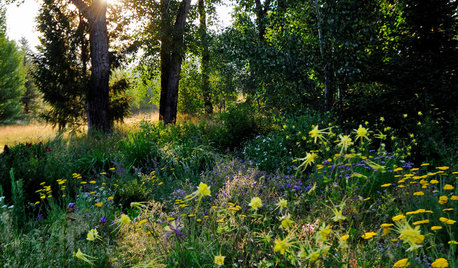
NATIVE PLANTSWhy Aggressive Plants Might Actually Be Your Friends
Sometimes a garden thug is exactly what’s called for
Full Story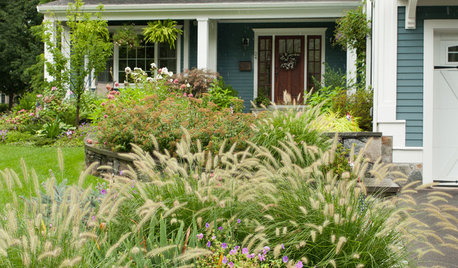
LANDSCAPE DESIGNGreat Design Plant: Lively Fountain Grass Thrives Just About Anywhere
Enjoy fountain grass for its exuberant form, long-lasting color and texture for borders and more
Full Story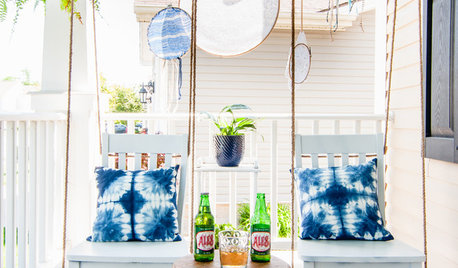
MY HOUZZMy Houzz: Farmhouse-Inspired DIY Style in Kentucky
A blogger and her husband personalize their builder-basic home with a budget-friendly kitchen renovation and more
Full Story
GRASSES10 Ways to Use Ornamental Grasses in the Landscape
These low-maintenance plants can add beauty, texture and privacy to any size garden
Full Story
CENTRAL PLAINS NATIVE PLANTS10 Top Grasses for the Central Plains
Low-maintenance grasses provide seasonal interest and wildlife habitat, and aid good design
Full Story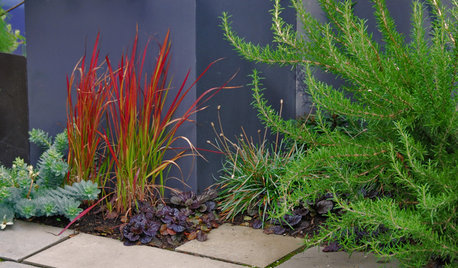
RED FOLIAGEGreat Design Plant: Japanese Blood Grass
This dramatic, ruby-tinged grass bridges the gap between red and green, short and tall plants
Full Story
GARDENING GUIDES10 Top California Native Plants, Trees and Grasses
Enjoy a fuss-free, water-wise garden in the Golden State by growing plants naturally in tune with the climate and wildlife
Full Story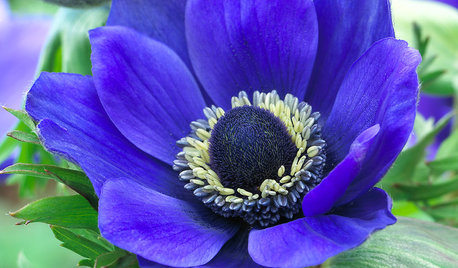
FALL GARDENING6 Splendid Blue-Flowering Bulbs
How do you blue? With colors from sky to cobalt, these bulbs will greet you merrily in a spring garden
Full Story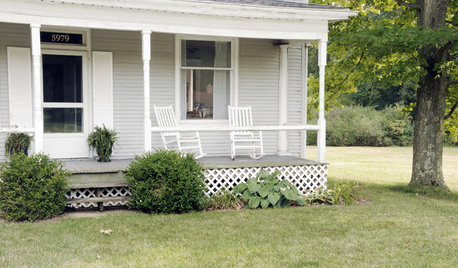
LIFE9 Ways to Appreciate Your House Just as It Is
Look on the bright side — or that soothingly dark corner — to feel genuine gratitude for all the comforts of your home
Full Story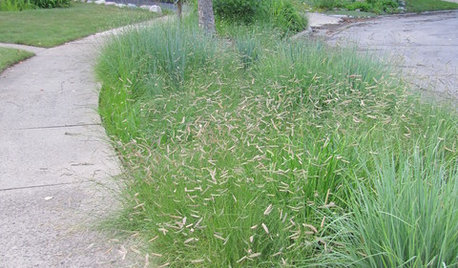
GARDENING GUIDESGreat Design Plant: Bouteloua Gracilis
Resilient blue grama grass thrives in sunny meadows and parking strips in the western U.S.
Full Story






tiemco